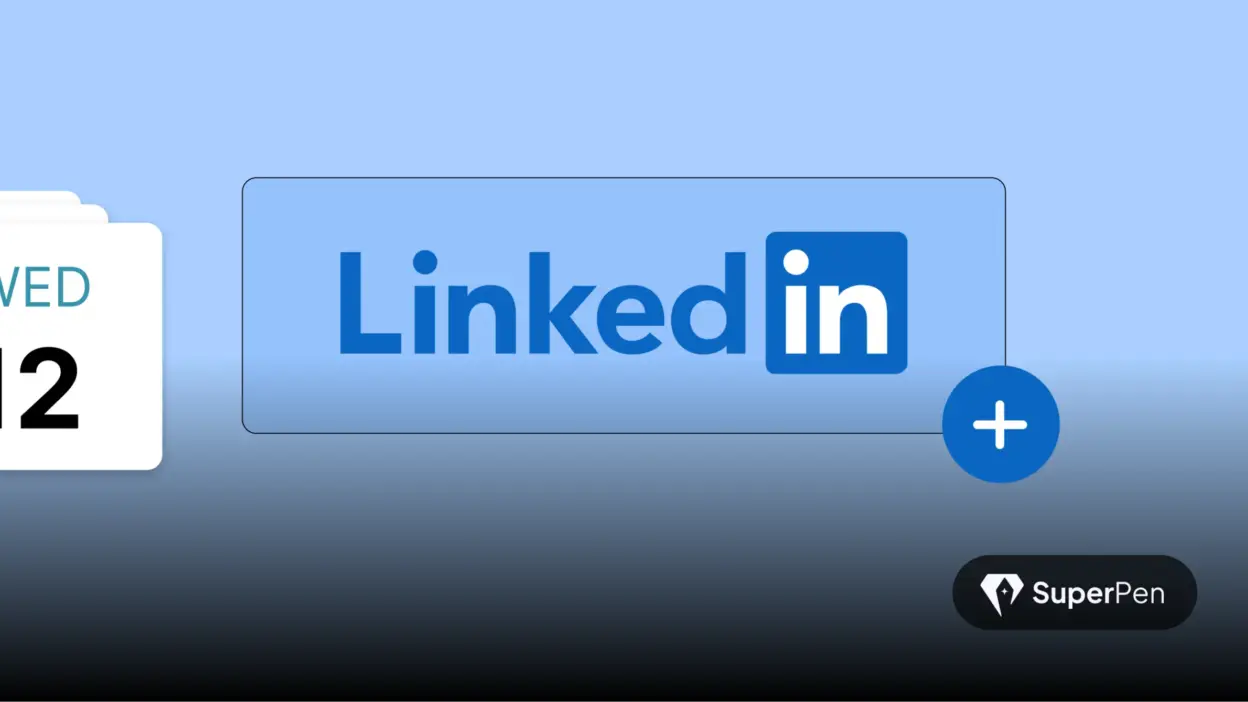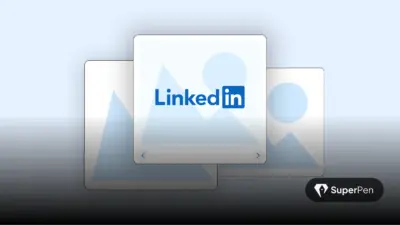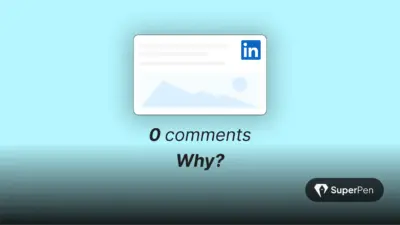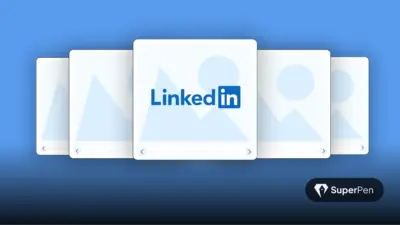“Post every day or become invisible.”
That’s the pressure LinkedIn creators are feeling in 2025. The platform isn’t what it was in 2019-it’s noisier, more crowded, and algorithmically tighter. More people are building in public, turning content into currency, and using LinkedIn as their primary funnel for leads, jobs, speaking gigs, and funding.
So naturally, the advice “Post daily on LinkedIn” sounds like the golden rule. But here’s the honest truth: it’s not that simple.
So, in this blog, we will break down the real pros and cons of daily posting. Who benefits, who burns out, and what sustainable strategies you can use to stay visible, credible, and not exhausted.
Table of Contents
Why Posting Frequency Matters More Than Ever
In 2025, LinkedIn’s algorithm favours consistent creators, but that doesn’t mean you must post daily on LinkedIn.
According to a study, businesses that post at least once a week gain twice the visibility of those who post irregularly. However, other studies indicate that the sweet spot for engagement lies between 3 and 5 posts per week.
Why this range?
Because LinkedIn’s algorithm rewards relevance and conversation – not spam. So, if you’re posting just to tick a box, the algorithm knows. If you’re posting with intention, your reach compounds over time.
The Benefits of Daily Posting (If Done Right)
1. Compounding Visibility
If you post daily on LinkedIn, then it doesn’t just increase surface impressions-it trains both the algorithm and your audience to expect regular value from you.
The result? Higher recall, better trust, and more conversations. Just like Alex Hormozi, who scaled his LinkedIn following from 339K to 714K in a year by posting 30+ times monthly.
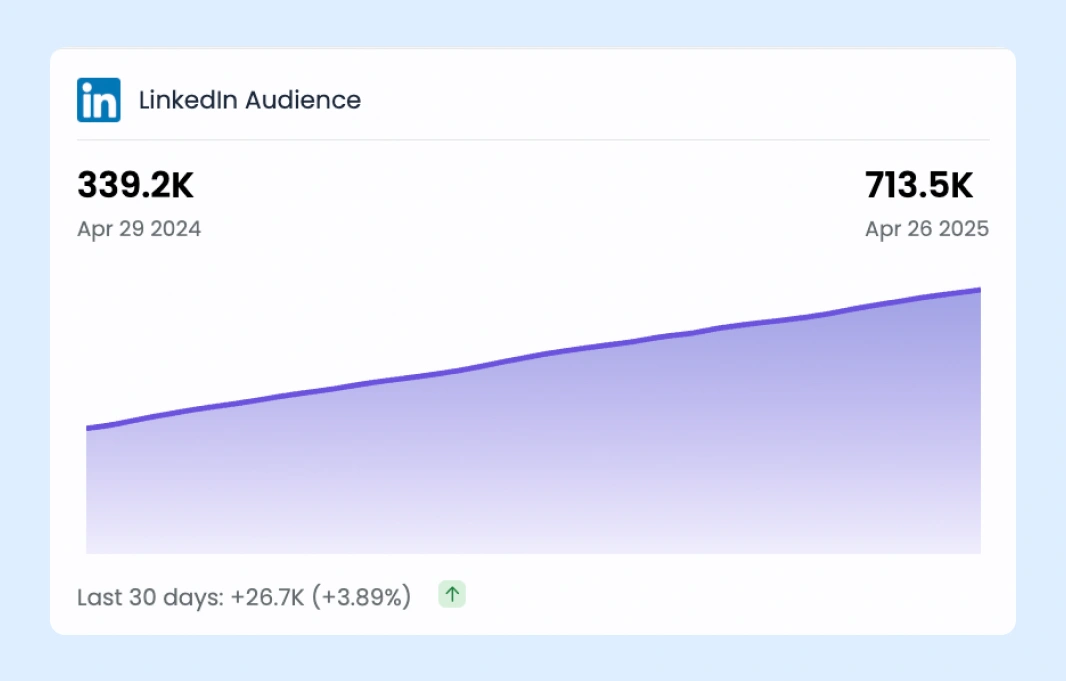
2. Sharper Content Skills
The fastest way to improve as a creator is through volume + feedback. More posts mean more feedback loops. What lands? What bombs? What sparks DMs?
This rapid testing helps refine tone, hooks, story structure, and CTA strategy.
3. Building Brand Authority
Posting consistently reinforces expertise. Over time, your name becomes associated with specific topics. Thought leadership isn’t built on one viral post-it’s built on 100 valuable ones.
The Downside of Daily Content
1. Risk of Burnout
Daily posting without systems leads to fatigue. It’s not just the writing-it’s ideation, editing, responding to comments, and managing expectations.
Even high-output creators admit to burnout without batch planning or automation tools like SuperPen, Taplio, or Buffer.
2. Declining Post Quality
Posting for the sake of posting is where most creators go wrong. The algorithm tracks dwell time, saves, shares, and comment quality-not just volume.
When quality drops, so does performance.
3. Audience Saturation
If your content doesn’t offer variety or relevance, people tune out. You risk being seen as noise rather than value.
Who Should Actually Post Daily?
Not everyone benefits equally. Here’s who it works for:
- Content Agencies: Teams with writing and design bandwidth can post daily without draining individuals.
- Personal Brand Builders: Founders, consultants, creators with a clear niche and a story to tell daily.
- Tech-Savvy Professionals: Those using AI tools (like SuperPen) to streamline ideation and publishing.
Who Should Avoid It?
- Early-stage Creators still developing their voice, niche, and confidence.
- Busy Professionals without content systems.
- Anyone Facing Burnout: If LinkedIn stops being fun, it shows in your posts.
Instead, lean on intentionality over intensity.
3 Sustainable Alternatives to Daily Posting
1. The 3–5x Weekly Rhythm
This cadence is manageable and aligns with most engagement studies, including NapoleonCat and Buffer. You stay visible without sacrificing quality.
2. Thoughtful Formats
Carousels, video clips, or document posts often outperform daily text updates. According to Superpen data, video posts receive 5x more engagement, and document carousels see up to 4% engagement rates.
3. Recycle Evergreen Content
Most creators have 5–10 posts that worked incredibly well. Update, reframe, or repost those every few months. What’s old to you is new to your growing audience.
Use the “1/3 Rule”:
- 1/3 new content
- 1/3 repurposed
- 1/3 community engagement (comments, reposts)
How to Know What Works in 2025
1. Prioritise People-First Content
Does your post answer a real question?
Does it share lived experience?
Does it offer practical value?
If yes-post it. If not-pause.
2. Analytics Over Assumptions
Track:
- Average engagement per post
- Comment-to-like ratio
- Saves and shares
These are stronger indicators of value than raw impressions.
3. Schedule Smarter
From what most creators have seen, Tuesday and Thursday morning – around 10 to 11am – tend to get the best traction. Weekends? They’re usually quieter unless your audience spans multiple time zones and is active around the clock.
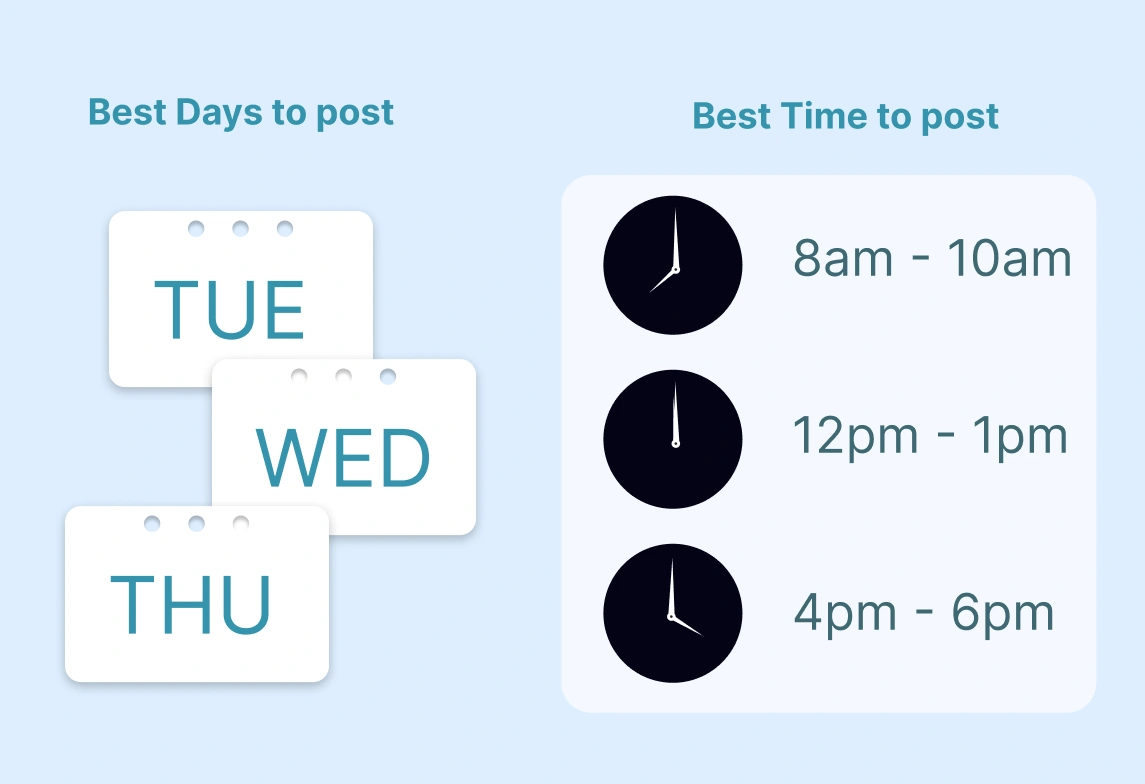
Pro Tips for Posting Smarter, Not Harder
- Use SuperPen to auto-generate prompts tailored to your niche.
- Batch content weekly-write 5 posts in one go.
- Engage before and after posting-spend 15 minutes commenting to boost visibility.
- Keep posts short (3–5 lines), with hooks, stories, and takeaways.
- End with a soft CTA: “Agree?” “What’s your take?” “Seen this too?”
Conclusion: The Real Truth
Posting daily on LinkedIn can unlock massive reach-but only if it’s sustainable and strategic.
If you’re just starting? Focus on 3–5 posts per week.
Already consistent? Experiment with daily-but only if quality doesn’t slip.
Feeling drained? Scale back. Conversations > content count.
LinkedIn in 2025 rewards connection, not content for content’s sake.
🚀 Take the Next Step
Want help writing 30 days of high-impact posts without burning out?
👉 Try SuperPen’s 30-Day LinkedIn Prompt Generator and start showing up smarter-not just more often.
FAQs
1. Should I post daily on LinkedIn to grow in 2025?
Not really. Daily posting only works if you actually have something worth saying each day. If it starts feeling like a chore – or your posts feel half-baked just to keep up, it’s better to slow down. Most people do just fine posting three to five times a week, as long as those posts actually matter.
2. What post type performs best on LinkedIn?
Stuff like carousels or short video clips usually works better because you can walk people through an idea, step by step. It’s easier to tell a story or explain something clearly.
Just make sure it’s something your audience actually cares about and that it looks clean and easy to follow.
3. How do I beat burnout with daily posting?
Use tools like SuperPen to streamline your workflow. Batch-create content weekly, schedule posts in advance, and recycle high-performing pieces. Avoid starting from scratch every day – instead, build systems that support sustainable creativity.
4. What time should I post?
Tuesdays and Thursdays between 10–11 am local time typically deliver the best engagement rates. These midweek windows align with peak professional activity, increasing your post’s visibility within the first hour.
5. Can I repost my old content?
Totally. If a post did well a few months ago, there’s no reason to let it collect dust. Just tweak the intro, maybe adjust the angle or visuals, and put it back out there.
Chances are, a bunch of new people in your audience missed it the first time anyway. You’re not being repetitive – you’re making the most of content that still holds up.


